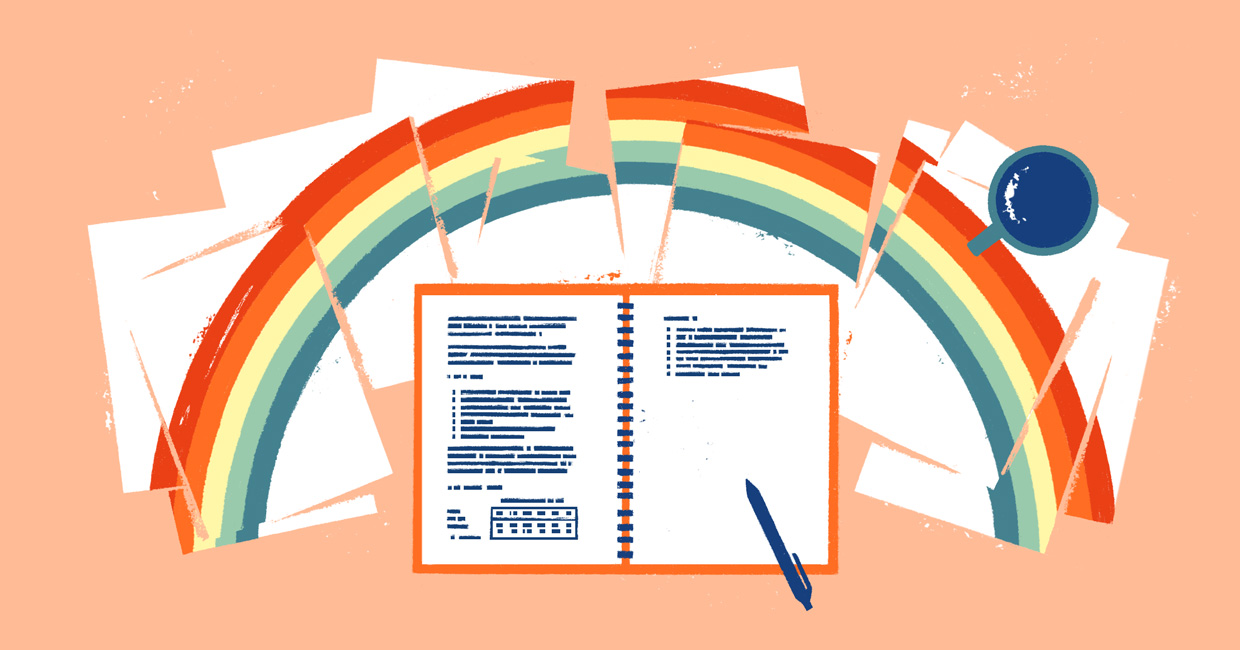Aswath Damodaran is the Kerschner Chaired Professor of Finance at the Stern School of Business at New York University, where he teaches corporate finance and valuation to MBAs, executives, and practitioners. He has been at NYU since 1986 and was elected as the most popular business school professor in the US by MBA students across the country in a 2011 survey by Business Week. He has written five books on valuation, three on corporate finance and three on portfolio management and his most recent book is Narrative and Numbers, published by Columbia University Press. His blog, Musings on Markets, was selected by the Times of London as one of the top ten stock market blogs in the world. He has a semi-active presence online, on Twitter (@AswathDamodaran) and with his website (http://www.damodaran.com). His classes are carried online and on iTunes U and were listed among the top ten MOOCs in the world in 2012.
In the world of mergers and acquisitions, few issues are more vexing than valuation. M&A professionals know all too well that clash of valuation views can be one of the most common obstacles in negotiating an M&A deal. It’s a topic that Firmex, in partnership with MergerMarket, tackled in the report M&A Valuation: Trends, Challenges and Horror Stories. We sat down with Aswath Damodaran, Professor of Finance at the Stern School of Business at NYU, to ask a few questions about business valuation. You may already be familiar with Aswath’s passion for valuation from his Musings on Markets blog. Here, he highlights the biases that come into play when valuing a company and challenges a system in which investment bankers bring their own biases to the table during M&A deals.
TOUCHPOINT: You teach corporate finance and valuation at Stern. What’s the hardest concept for Business School students to grasp about valuing companies?
Aswath Damodaran: First, that valuation is not just about numbers, models and spreadsheets. A good valuation is a bridge between stories and numbers, with every number in your valuation telling a part of the story. Second, that uncertainty about the future is a feature not a bug in valuation, and that while you know that you will be wrong on every number that you estimate, you still have to make your best estimates, given the information that you have.
TP: In your experience, what is the number one hurdle M&A practitioners face when determining a valuation?
AD: That’s easy. It is bias. In M&A, more than any other area, people (usually high up in companies) decide what to do first and then look for justification. In other words, an M&A analyst is given a number to justify and asked to find a way to justify it by people higher up.
TP: Everyone in the industry has a valuation horror story. What’s an example of a recent valuation disaster, in your opinion, and what can it teach us?
AD: I hate to be cynical but almost every M&A valuation is a horror story, mixing pricing with valuation, playing fast and loose with currencies, and filled with internal inconsistencies. In my view, a good valuation is more the exception than the rule in M&A.
TP: M&A professionals have access to better analytical technologies than ever before. Has technology helped make valuation more precise and prevent common blunders?
AD: No. It has just allowed analysts to hide their biases better. It is an irony that our valuations have become less precise as we have access to richer data and more powerful models.
TP: M&A practitioners know that it isn’t all about the numbers: mental biases can impact a target’s valuation. In your opinion, what is the most dangerous of these human or cognitive biases, and how can it be overcome?
AD: None of the above. The bias in M&A comes from a simpler source, which is how you make money from M&A. In my view, the M&A process is hopelessly screwed up, with deal makers (bankers) also operating as deal analysts. How can they be unbiased when their payoff comes only if the deal gets done? Asking a banker whether an M&A deal makes sense is like asking a plastic surgeon whether there is something wrong with your face.
TP: It’s called the IKEA effect — the tendency to place a disproportionately high value on things that you build yourself. How can M&A advisors manage unrealistic valuation expectations from sellers who have spent years building their business?
AD: Point out to them that M&A is not about what you think the value of something is, but what others are willing to pay for it. Put simply, do what realtors do when a homeowner wants to overprice his or her house. Try to reason with the homeowner, and if he or she refuses to listen, let that house be listed at too high a price and not sell. You can lead a horse to water, but you cannot make him drink.
TP: Recently, we’ve seen tech valuations go through the roof. Why do you think this is happening and is the hype warranted?
AD: The tech sector is 25% of the economy and includes mature companies like Microsoft, Intel and Apple and young growth companies like Spotify and NVIDIA. You cannot lump them all into one sector and make broad statements about them. I think we need to be more discriminating about what part of the tech sector we think is overvalued. I think that user-based and subscriber-based tech companies (public ones like Netflix and private companies like Lime) are being overpriced, whereas the older tech companies that produce the architecture of the internet like Intel are fairly valued.
TP: Is it more difficult to arrive at a valuation in a strategic deal rather than in a strictly financial one?
AD: The very fact that you use the word strategic suggests to me that you have already lost the battle. Strategic is a word that gets used to justify bad deals. My suggestion is that if you see synergy or some value that you can create as a joint entity in a deal, you explicitly forecast how that synergy will play out in the cash flows and value it. Stop using buzzwords (like strategic) to justify bad deals.
TP: Valuation – Art or Science?
AD: It is neither. Unlike a science, it does not yield precise answers. Unlike art, it is not always in the eye of the beholder. As a craft, you get better at it by practicing it, and you never ever quite master it. There is always something new to learn.





